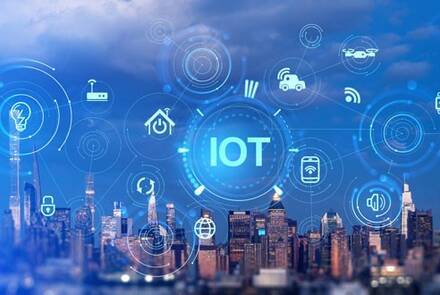The Impact of Mobile on Digital Learning
In the digital age, where technology is seamlessly integrated into every aspect of our lives, mobile devices have emerged as powerful tools transforming the educational landscape. Mobile learning, or m-learning, has revolutionized how we acquire knowledge by bringing education to our fingertips. This article explores the profound impact of mobile learning on education and how these portable devices are facilitating on-the-go learning experiences.
Accessibility Anytime, Anywhere:
One of the most significant contributions of mobile learning is the unparalleled accessibility it offers. With smartphones and tablets, students can access educational content anytime, anywhere. Whether commuting to work, waiting for an appointment, or relaxing at home, learning is no longer confined to the traditional classroom setting. Mobile devices have democratized education, breaking down barriers of time and location.
Personalized Learning Experience:
Mobile learning allows for a personalized and adaptive learning experience. Educational apps and platforms can tailor content to individual learning styles and pace. This customization ensures that students receive content that aligns with their strengths and addresses their weaknesses, fostering a more effective and engaging learning journey.
Rich Multimedia Content:
Mobile devices enable the integration of rich multimedia content into educational materials. From interactive videos and animations to educational games, these multimedia elements make learning more engaging and dynamic. Visual and interactive content enhances comprehension and retention, transforming the educational experience into an immersive adventure.
Instantaneous Information Retrieval:
The power of mobile learning lies in its ability to provide instantaneous access to a vast pool of information. With a few taps on their screens, students can retrieve information, research topics, and explore a multitude of resources. This real-time access promotes a culture of continuous learning, empowering students to quench their intellectual curiosity at a moment's notice.
Collaborative Learning Opportunities:
Mobile devices facilitate collaborative learning, allowing students to connect and collaborate irrespective of geographical distances. Educational apps and platforms often include features for group discussions, shared projects, and real-time collaboration. This interconnectedness fosters a sense of community and enables students to learn from diverse perspectives (See also: Blended Learning: Combining the Best of Digital and Offline Learning).
Microlearning and Bite-Sized Content:
Mobile learning is conducive to microlearning, where educational content is broken down into bite-sized modules. This approach aligns with the modern attention span and allows for quick, focused learning sessions. Students can efficiently absorb information in short bursts, making the most of their available time.
Language Learning and Skill Development:
Mobile learning is a powerful tool for language acquisition and skill development. Language learning apps, coding platforms, and skill-based courses empower learners to acquire new languages or develop practical skills at their own pace. The gamification of these processes adds an element of fun and motivation to the learning journey.
The impact of mobile learning on education is nothing short of transformative. These portable devices have redefined the learning experience, making education more accessible, personalized, and dynamic. As we navigate the ever-evolving landscape of education, the influence of mobile learning continues to shape the future of learning, empowering individuals to embark on a journey of knowledge discovery anytime, anywhere, and at their own pace.
For more information about Trigyn’s Digital Learning Solutions, Contact Us.






